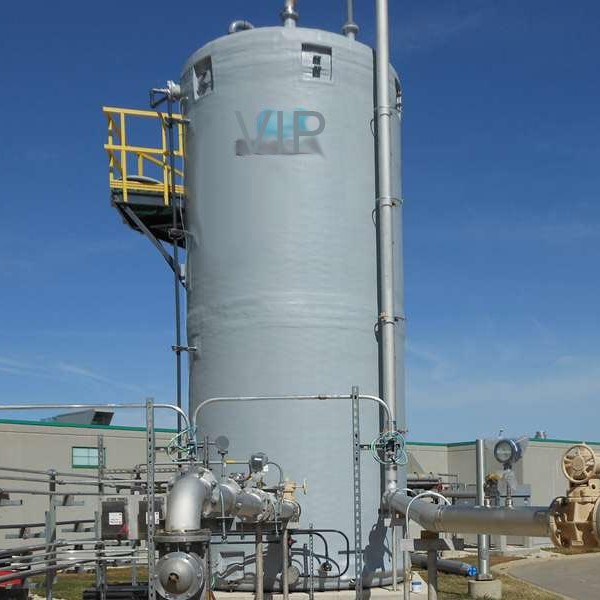
-
 Afrikaans
Afrikaans -
 Albanian
Albanian -
 Amharic
Amharic -
 Arabic
Arabic -
 Armenian
Armenian -
 Azerbaijani
Azerbaijani -
 Basque
Basque -
 Belarusian
Belarusian -
 Bengali
Bengali -
 Bosnian
Bosnian -
 Bulgarian
Bulgarian -
 Catalan
Catalan -
 Cebuano
Cebuano -
 China
China -
 China (Taiwan)
China (Taiwan) -
 Corsican
Corsican -
 Croatian
Croatian -
 Czech
Czech -
 Danish
Danish -
 Dutch
Dutch -
 English
English -
 Esperanto
Esperanto -
 Estonian
Estonian -
 Finnish
Finnish -
 French
French -
 Frisian
Frisian -
 Galician
Galician -
 Georgian
Georgian -
 German
German -
 Greek
Greek -
 Gujarati
Gujarati -
 Haitian Creole
Haitian Creole -
 hausa
hausa -
 hawaiian
hawaiian -
 Hebrew
Hebrew -
 Hindi
Hindi -
 Miao
Miao -
 Hungarian
Hungarian -
 Icelandic
Icelandic -
 igbo
igbo -
 Indonesian
Indonesian -
 irish
irish -
 Italian
Italian -
 Japanese
Japanese -
 Javanese
Javanese -
 Kannada
Kannada -
 kazakh
kazakh -
 Khmer
Khmer -
 Rwandese
Rwandese -
 Korean
Korean -
 Kurdish
Kurdish -
 Kyrgyz
Kyrgyz -
 Lao
Lao -
 Latin
Latin -
 Latvian
Latvian -
 Lithuanian
Lithuanian -
 Luxembourgish
Luxembourgish -
 Macedonian
Macedonian -
 Malgashi
Malgashi -
 Malay
Malay -
 Malayalam
Malayalam -
 Maltese
Maltese -
 Maori
Maori -
 Marathi
Marathi -
 Mongolian
Mongolian -
 Myanmar
Myanmar -
 Nepali
Nepali -
 Norwegian
Norwegian -
 Norwegian
Norwegian -
 Occitan
Occitan -
 Pashto
Pashto -
 Persian
Persian -
 Polish
Polish -
 Portuguese
Portuguese -
 Punjabi
Punjabi -
 Romanian
Romanian -
 Russian
Russian -
 Samoan
Samoan -
 Scottish Gaelic
Scottish Gaelic -
 Serbian
Serbian -
 Sesotho
Sesotho -
 Shona
Shona -
 Sindhi
Sindhi -
 Sinhala
Sinhala -
 Slovak
Slovak -
 Slovenian
Slovenian -
 Somali
Somali -
 Spanish
Spanish -
 Sundanese
Sundanese -
 Swahili
Swahili -
 Swedish
Swedish -
 Tagalog
Tagalog -
 Tajik
Tajik -
 Tamil
Tamil -
 Tatar
Tatar -
 Telugu
Telugu -
 Thai
Thai -
 Turkish
Turkish -
 Turkmen
Turkmen -
 Ukrainian
Ukrainian -
 Urdu
Urdu -
 Uighur
Uighur -
 Uzbek
Uzbek -
 Vietnamese
Vietnamese -
 Welsh
Welsh -
 Bantu
Bantu -
 Yiddish
Yiddish -
 Yoruba
Yoruba -
 Zulu
Zulu
Exploring the Versatility of GRP Tanks for Various Storage Needs
The GRP Tank A Modern Solution for Water Storage
In today's fast-paced industrial world, the need for efficient and reliable water storage solutions has become increasingly important. One of the standout options available in this sector is the GRP tank, or Glass Reinforced Plastic tank. This innovative storage solution has gained popularity due to its unique advantages, making it a preferred choice for many industries, including water treatment, agriculture, and manufacturing.
What is a GRP Tank?
A GRP tank is constructed using a composite material that consists of a polymer matrix reinforced with glass fibers. This combination results in a lightweight yet sturdy structure that is highly resistant to corrosion and weather effects. The tank can be molded into various shapes and sizes, allowing for customization according to specific needs. GRP tanks are typically used for storing water, chemicals, and other liquids, making them versatile for a range of applications.
Advantages of GRP Tanks
1. Corrosion Resistance GRP tanks are inherently resistant to rust and corrosion, unlike traditional metal tanks. This property is particularly beneficial in environments where chemicals are stored, as it prevents degradation over time, ensuring safety and longevity.
2. Lightweight Due to their composite material nature, GRP tanks are significantly lighter than steel or concrete tanks. This feature simplifies transportation and installation, reducing labor costs and time. The lightweight character also means they can be installed in locations where heavy structures may not be feasible.
3. Durability GRP tanks have a long lifespan, often exceeding 30 years with proper maintenance. Their strength allows them to withstand various environmental conditions, including extreme temperatures, UV radiation, and heavy winds.
grp tank

4. Insulation Properties The composite materials used in GRP tanks offer excellent thermal insulation. This means that they can maintain the temperature of stored liquids effectively, which is particularly beneficial for industries that require stable conditions for their operations.
5. Cost-Effectiveness While the initial investment in a GRP tank may be higher than some traditional options, the long-term savings due to their durability, low maintenance, and energy efficiency can make them a more economical choice.
Applications of GRP Tanks
GRP tanks are widely utilized across various sectors. In the water treatment industry, they are used for storing potable water, wastewater, and chemicals needed for treatment processes. In agriculture, GRP tanks are employed for irrigation purposes and for storing fertilizers and pesticides, thanks to their resistance to chemical corrosion.
Moreover, the manufacturing sector uses GRP tanks for chemical storage, ensuring that production processes run smoothly without contamination risk. Their versatility and adaptability make them an ideal choice for many applications.
Conclusion
As industries strive to find reliable and efficient water storage solutions, GRP tanks stand out as a modern alternative that meets these demands. With their numerous advantages, including corrosion resistance, durability, and cost-effectiveness, GRP tanks are a smart investment for any organization needing liquid storage. As technology continues to advance, the usage and design of GRP tanks will likely evolve, solidifying their role as an essential component in water management and storage. By choosing GRP tanks, businesses can ensure they are equipped to meet contemporary challenges efficiently and sustainably.
Latest news
-
Exploring the Benefits of Top Hammer Drifter Rods for Enhanced Drilling PerformanceNewsJun.10,2025
-
High-Precision Fiberglass Winding Machine for GRP/FRP Pipe Production – Reliable & Efficient SolutionsNewsJun.10,2025
-
FRP Pipes & Fittings for Shipbuilding - Corrosion-Resistant & LightweightNewsJun.09,2025
-
Premium FRP Flooring Solutions Durable & Slip-ResistantNewsJun.09,2025
-
Premium Fiberglass Rectangular Tanks Durable & Lightweight SolutionNewsJun.09,2025
-
Tapered Drill String Design Guide Durable Performance & UsesNewsJun.09,2025









